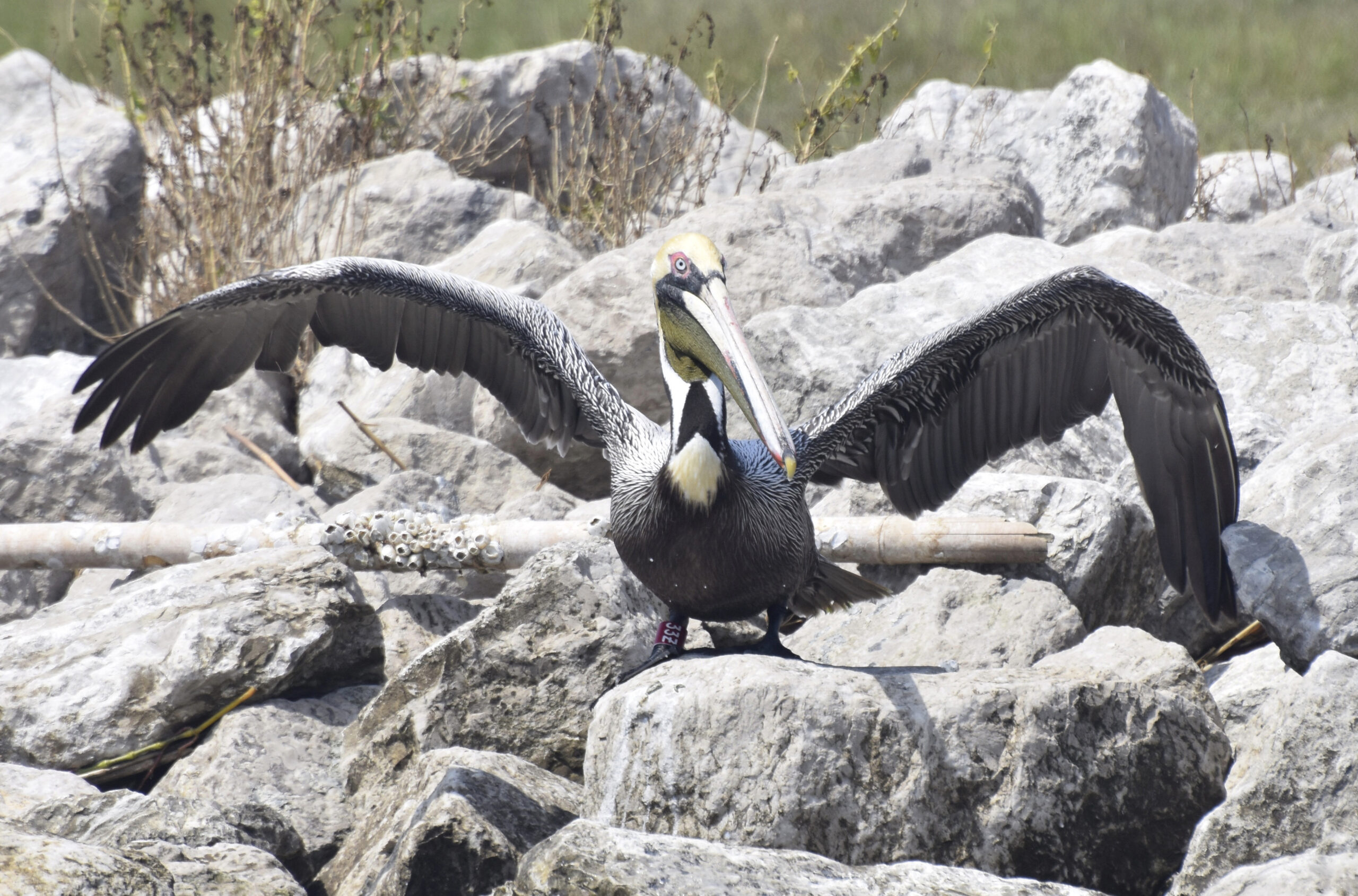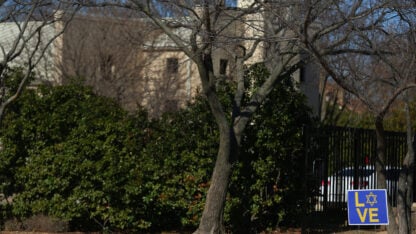A pelican rescued from the 2010 oil spill, cleaned of oil and released in Georgia, has returned 700 miles to an island restored last year for pelicans and other seabirds.
It was among 5,000 oil-covered birds collected in and off Louisiana during the spill, and among 582 pelicans that were rehabilitated, the Louisiana Department of Wildlife and Fisheries said in a news release Thursday.
Biologists don’t know just when it returned to Queen Bess Island. But a photo taken in March by a department biologist clearly shows the red band marked “33Z” that was put around the bird’s leg after its rescue on June 14, 2010, at the Empire jetties in Barataria Bay.
“It’s truly impressive that it made its way back from Georgia,’’ said Casey Wright, who spotted and photographed the pelican on a rock jetty on Queen Bess Island, which held 15% to 20% of Louisiana’s pelican nests even when only about 5 acres were high enough for the big birds to nest.
About 36 acres are now available to birds, the department said.
After time with a bird rehabilitator, the pelican was taken by plane to a U.S. Coast Guard station in Brunswick, Georgia, because the spill was still going on — the well wasn’t capped until Sept. 19, 2010. The bird was released on July 1, 2010.
Other birds released in Georgia, Texas and Florida have been spotted back in Louisiana, the department said. Zoos hold 11 that could not be released.
“Brown pelicans, like most seabirds, are thought to be hard-wired, genetically, to return to their birth colony to breed, despite moving long distances during the non-breeding season,’’ department ornithologist Robert Dobbs said. “That may be an overly simplistic generalization, but re-sighting data of banded pelicans often support that pattern.’’
The dead and live birds collected in Louisiana made up about 65% of all recovered across the Gulf of Mexico, and brown pelicans made up more than one-fifth of the total, according to the department.
The U.S. Fish and Wildlife Service estimated in 2016 that the spill killed 65,000 to 102,000 birds, though other estimates are much higher.
Bird populations are back to pre-spill levels, scientists say.









